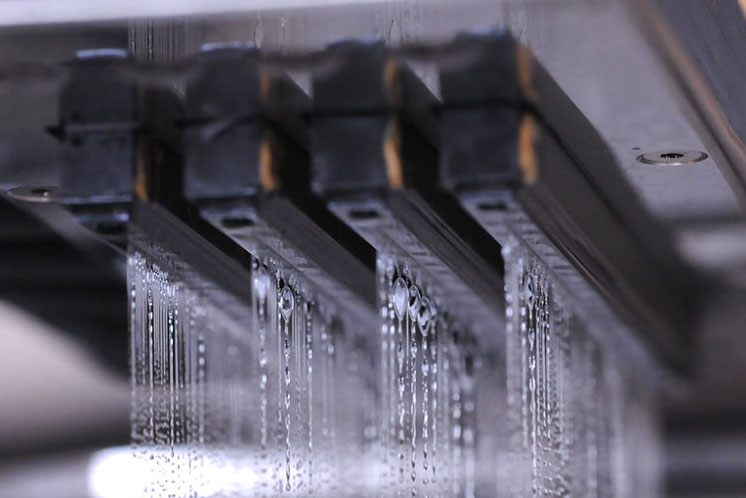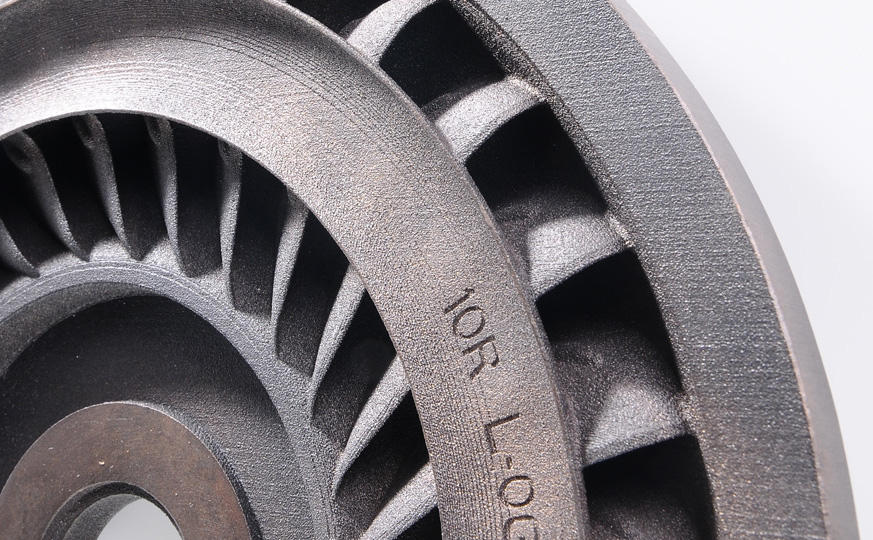Leading industrial 3D printer provider ExOne has announced it will be collaborating with Oak Ridge National Laboratory (ORNL) to advance binder jet 3D printing.
The aim of the collective is to develop a new binder jet technology benefiting both sand and metal 3D printers. As part of this, the two teams will enable the 3D processing of H13 Tool Steel.
Rick Lucas, ExOne’s Chief Technology Officer, comments, “By collaborating with a world-class lab like Oak Ridge National Laboratory, we accelerate ExOne’s binder jetting technology capabilities.”
“We believe these collaborative efforts will effectively and efficiently result in the establishment of new materials, binders and process developments, retaining our significant edge over competitors and other technologies in the industrial manufacturing space.”
Keeping the U.S. competitive in current manufacturing
The 3D binder jetting process employed at ExOne is a development of an original method invented at Massachusetts Institute of Technology (MIT). In 1996, ExOne became the exclusive licensee of this particular technology, which has branched out at the company in the form of several 3D printers for the purpose of production, prototyping and research. The X1 25 PRO is the latest addition to the company’s range of systems, and is made for 3D printing metal.
ORNL has been working on binder jet technology with ExOne since 2015. Binder jetting equipment at ORNL is also supplied by ExOne. According to Amy Elliott, ORNL’s lead researcher in this particular field of 3D printing, “Over the past several years, we’ve worked with ExOne on four binder jetting systems and we’ve made exceptional progress in enhancing this additive manufacturing technique. Industry collaborations such as this help the U.S. remain competitive in manufacturing.”
One initiative relating to binder jet at the lab is a goal to produce “500 tools and dies by 2022 for the molding, stamping and forging industries.” As the largest open science laboratory of the U.S. Department of Energy (DOE), ORNL has also led and worked on several other projects of value for the 3D printing industry, including the co-development of Big Area Additive Manufacturing (BAAM) and work on the microscopic scale.

ExOne and ORNL’s binder jetting project
In this newest advance between ExOne and ORNL, binder jet technology will be put through its paces at the DOE’s Manufacturing Demonstration Facility (MDF). Established at ORNL, the purpose of the MDF is to help new technologies integrate within existing industrial settings. Technologies of focus at the facility are particularly suited to reducing expended energy, gas emissions and the cost of production, while creating new job opportunities.
In the first stage of ExOne and ORNL’s undertaking, the teams will be working to optimize chemistry and process parameters for ExOne sand and metal 3D printers. In the second stage, discoveries gained from this development will be used to help process H13 Tool Steel. An incredibly versatile alloy, H13 is commonly used in tooling and die industries. It is resistant to thermal cracking when worked at elevated temperatures, and has a high toughness. Potentially indicative of customer demand, other 3D printer OEMs have also recently been developing their own H13 feedstocks.

For project updates and more additive manufacturing news, subscribe to the 3D Printing Industry newsletter, follow us on Twitter and like us on Facebook. Seeking a new job? Make a profile to attract leading employers on 3D Printing Jobs now.
Vote now in the 2019 3D Printing Industry Awards.
Featured image a metal 3D printed part from ExOne. Image via ExOne



